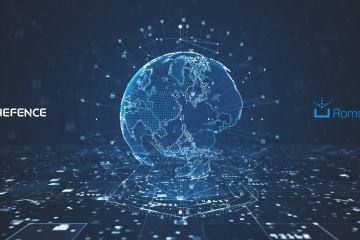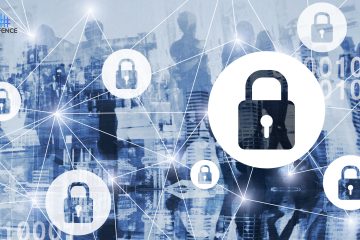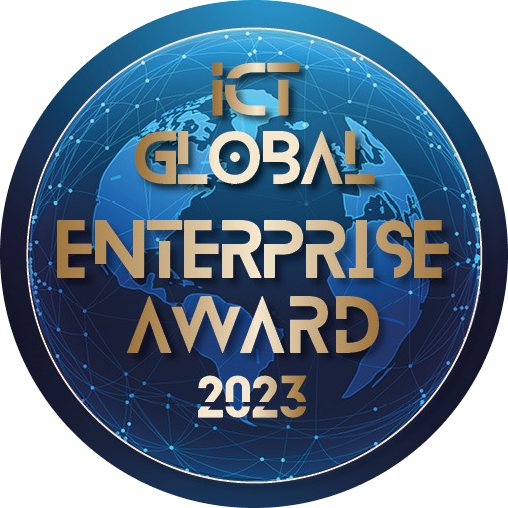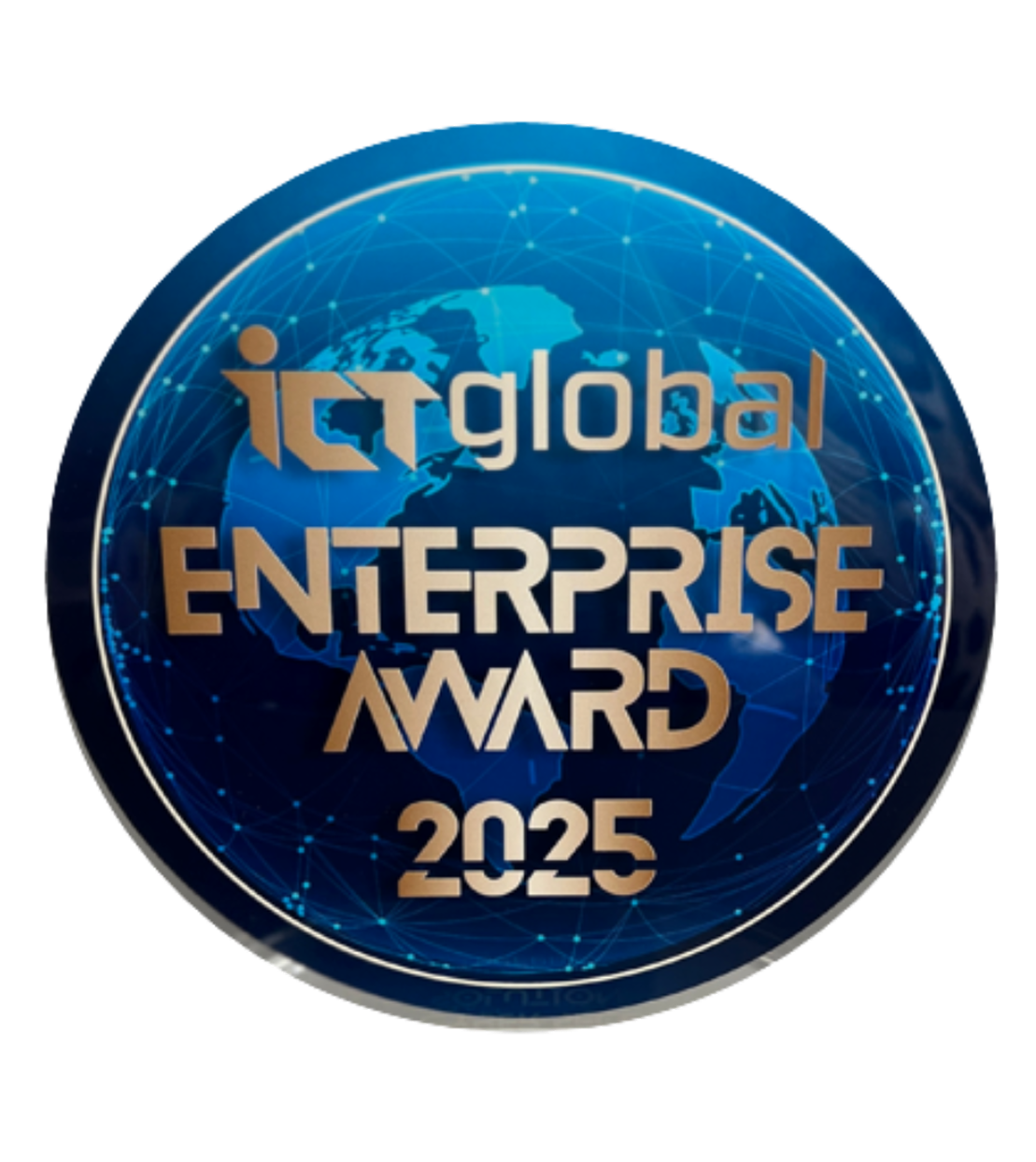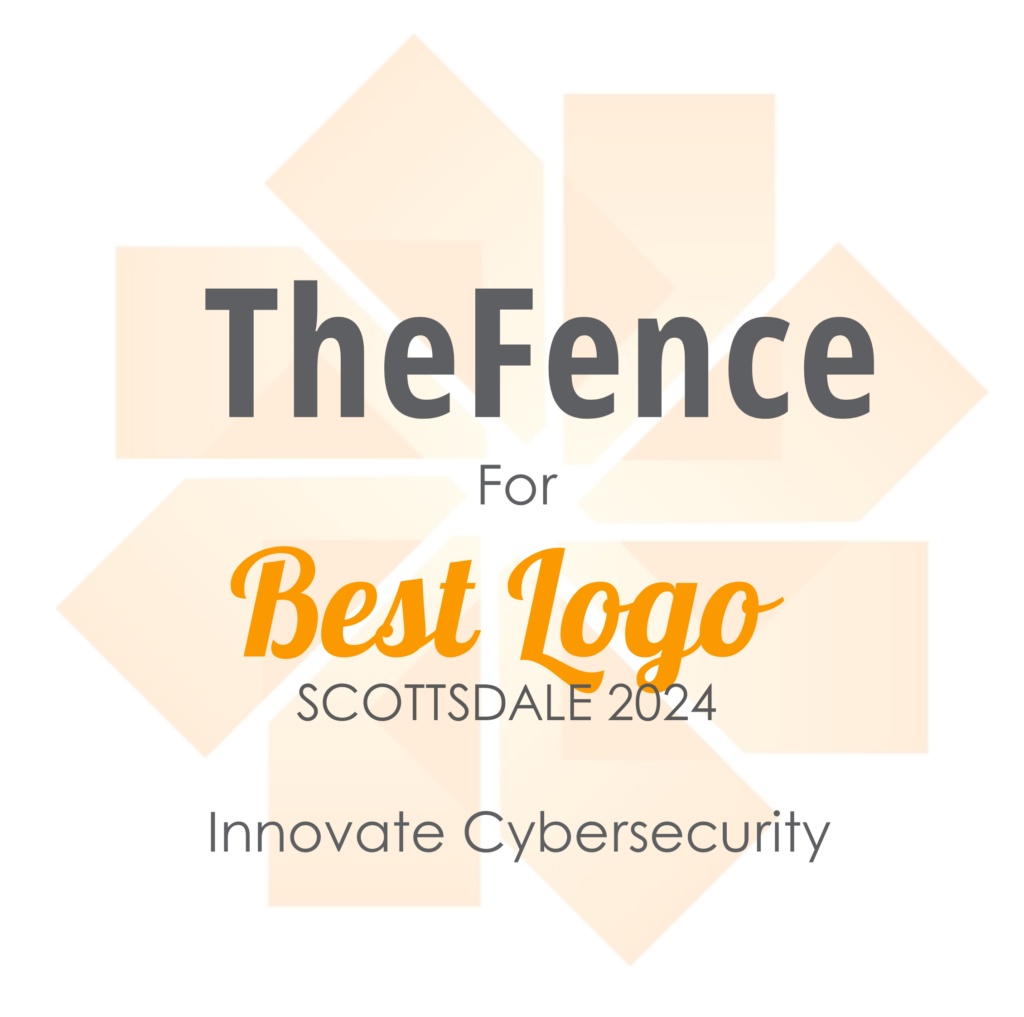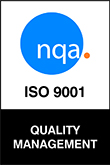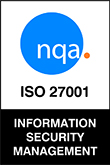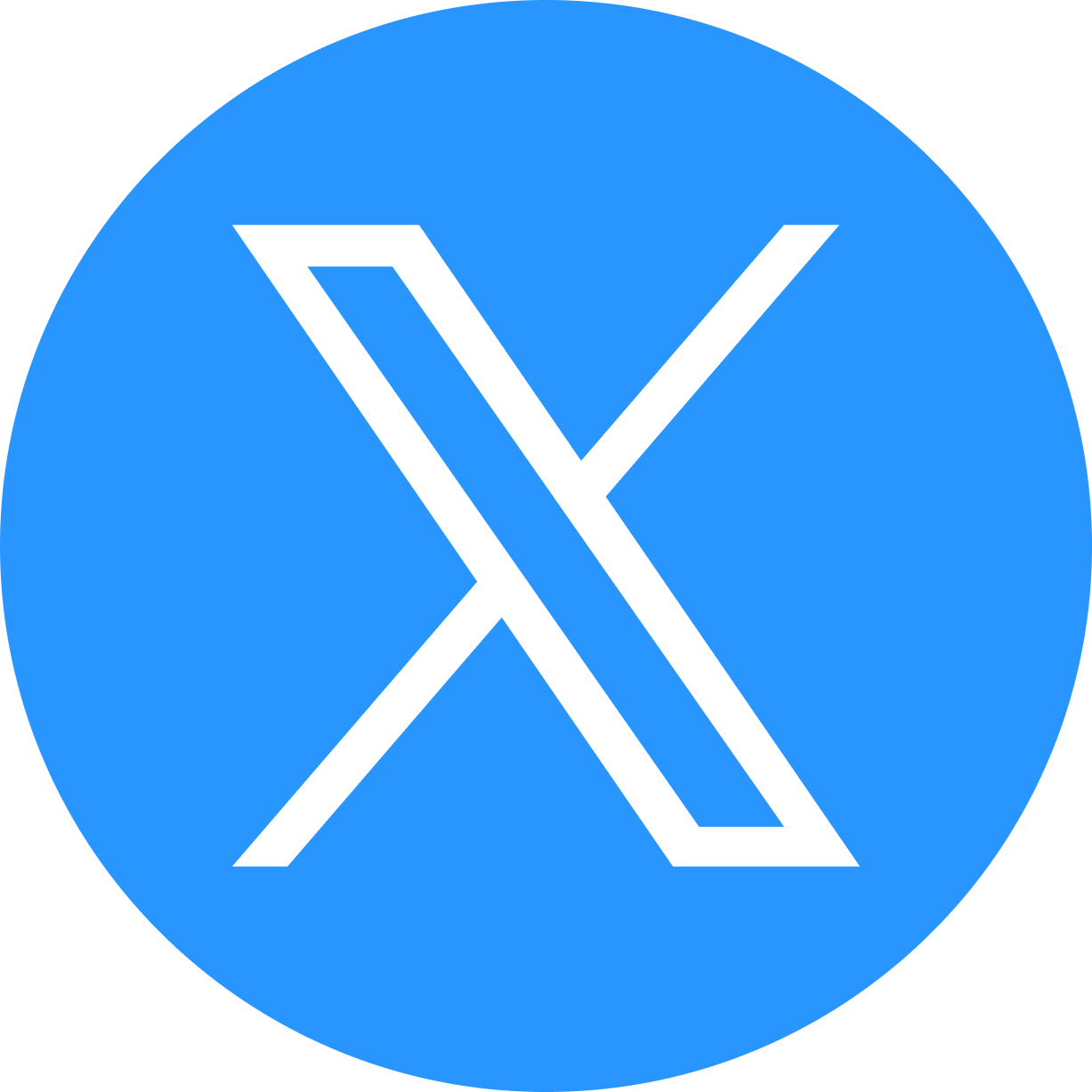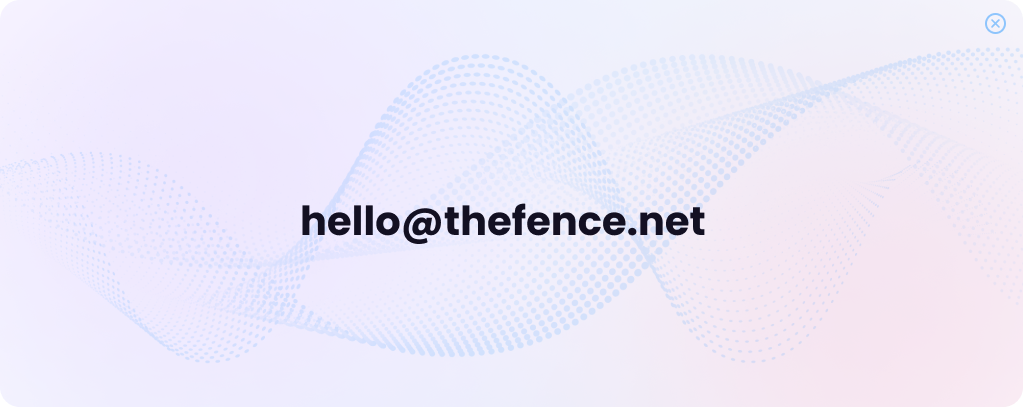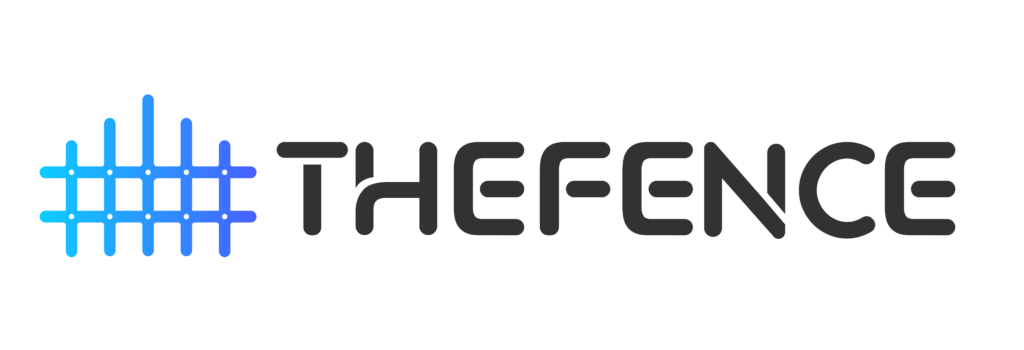Managing identities and access is no longer just a technical challenge – it’s a fundamental business, compliance and security priority. While organizations increasingly rely on cloud services, remote workforces and third-party integrations, regulatory bodies expect that the security maturity level of the organization is raised or at least maintained in comparison to their on-prem predecessors; Ensuring the right individuals have appropriate access to critical systems and data is essential for robust security, regulatory compliance and operational efficiency.
This is where Identity Governance and Administration (IGA) becomes critical. But what exactly is IGA, how does it differ from traditional Identity and Access Management (IAM) and why should it matter to your organization? Let’s explore these foundational questions and understand the strategic value IGA brings.
IGA vs. IAM: What’s the difference and why does it matter?
While often used interchangeably, Identity and Access Management (IAM) and Identity Governance and Administration (IGA) serve distinct but complementary roles in the identity ecosystem.
- IAM focuses primarily on enabling secure access by managing authentication and access enforcement through technologies such as Single Sign-On (SSO), Multi-Factor Authentication (MFA), and password management. It acts as the gatekeeper controlling entity enabling basic identity-lifecycle management workflows.
- IGA, in contrast, governs who has access to what, why, and for how long. It encompasses processes and policies that enforce least privilege principles, conduct periodic access reviews and certifications, manage role definitions and ensure compliance with regulatory mandates. IGA is the governor ensuring that access rights are appropriate and maintained correctly.
Strong IAM systems are not enough – organizations still face risks from over permissioning and internal threats without IGA oversight.
Why is IGA important for my organization? What are the key benefits?
IGA is fundamental not only for security teams but for the entire organization’s risk posture and business continuity. Key benefits include:
- Mitigation of Insider Threats and Privilege Abuse: By continuously enforcing least privilege access and conducting automated access reviews, IGA reduces the risk of unauthorized or excessive access that can lead to data breaches or fraud.
- Compliance with Regulatory Requirements: Regulations such as GDPR, HIPAA, SOX and PCI DSS require strict control, documentation and auditability of user access to sensitive information. IGA automates compliance workflows, provides Segregation of Duties (SoD) enforcement and generates auditor-ready reports that significantly reduce audit preparation time and risk.
- Operational Efficiency and Reduced Human Error: Automated identity lifecycle management – from onboarding and role changes to offboarding- minimizes manual processes, lowers errors and speeds up access provisioning aligned with business needs.
- Enhanced Visibility and Accountability: IGA offers a centralized view into user entitlements across on-premises and cloud environments, enabling security teams to monitor access risks and maintain transparent audit trails.
Implementing mature IGA processes positions organizations to confidently support digital transformation initiatives while maintaining strong security and compliance postures.
How Does IGA Help with compliance and audit requirements?
Compliance is one of the most critical drivers for IGA adoption. Effective IGA solutions help organizations by:
- Automating Regular Access Reviews and Certifications: Ensuring managers and data owners validate that access rights remain appropriate.
- Enforcing Segregation of Duties (SoD): Preventing conflicts of interest and reducing fraud risk by blocking incompatible access combinations.
- Delivering Detailed Audit Trails and Reports: Providing comprehensive, easily accessible evidence of access governance activities for auditors and regulators.
- Reducing Audit Overhead: Streamlining compliance efforts and shortening audit cycles by integrating governance into daily operations.
By embedding compliance controls directly into identity governance, organizations reduce the likelihood of costly violations and strengthen overall security.
What is Light IGA, and how does it differ from traditional IGA?
As organizations seek faster, more cost-effective paths to governance, Light IGA has emerged as an alternative to full-suite traditional solutions.
- Traditional IGA platforms offer extensive governance capabilities, including complex role management, fine-grained policy enforcement and integrations across diverse enterprise systems. However, these often require lengthy deployments, substantial customization, and ongoing administrative effort- ideal for large enterprises with complex environments.
- Light IGA solutions are typically cloud-native, easier to deploy and focus on core governance functions such as automated access reviews, basic lifecycle management and simplified policy enforcement. They are well-suited for small to medium businesses or teams looking to rapidly improve governance maturity without the overhead of a full-scale deployment.
While Light IGA may not offer the breadth of features of traditional platforms, it provides a scalable foundation to enhance identity governance quickly and cost-effectively.
In an era where identity is the new security perimeter, Identity Governance and Administration (IGA) has become a strategic necessity, not just an IT initiative. Distinguishing between IAM and IGA clarifies the importance of governance in securing access. Understanding the business value of IGA and selecting an approach aligned with your organization’s risk profile and maturity level is critical to mitigating threats, achieving compliance and enabling business agility.
Whether adopting a full-featured enterprise IGA solution or a streamlined Light IGA platform, taking control over who has access-and ensuring it aligns with policy-will significantly strengthen your security posture.
Ready to enhance your organization’s identity governance with TheFence? Contact us to explore how tailored IGA solutions can meet your unique security and compliance needs.
Sources: Forrester Wave™ for IGA 2024, Gartner Magic Quadrant for IGA 2023, ISACA Identity Governance Survey 2023.

